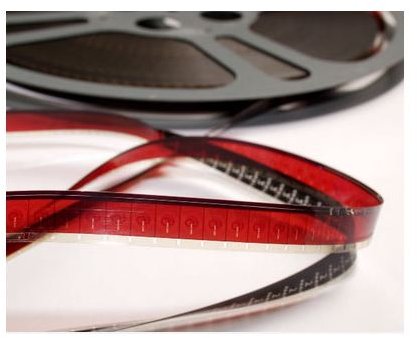Digital Filmmaking versus Traditional Filmmaking: Filmmaking Comparison and Contrast
Digital Filmmaking
Since the history of filmmaking, digital filmmaking versus traditional filmmaking has become a heated debate ever since the former became popular in the ‘90s. Digital filmmaking has proven however to be the more effective, durable, high quality and efficient method, and this is proven by the shift of many filmmakers from traditional filmmaking. Digital filmmaking pertains to the use of digital captures in making movies, as opposed to traditional filmmaking which uses film. Digital captures may be stored on media such as flash memory, hard disks, and tape. Many Hollywood movies are now being shot either fully or partly digital.
Longevity
There are many advantages of digital filmmaking that make the debate digital filmmaking versus traditional filmmaking becoming more one-sided as the years pass by. For one, digital films can last longer than films. Digital films never get scratches in the same way that a regular film does. Likewise, digital movies will never wear out even after prolonged use, which is not something that can be said of normal movie films which usually become damaged with every showing. Likewise, digital films are easier to show than film movies which demands more labor and resources in prepping, dismantling and returning in cinemas. Digital films can be shown with the use of basic computer, operated much like a standard VCR.
Harder to Reproduce
Likewise, the debate of digital filmmaking versus traditional filmmaking becomes more one-sided when the issue of reproduction is considered. Specifically, digital movies can be easily erase after their run at the cinemas are finished, completely eliminating the need to destroy the film prints. This means that digital movies are less likely to be copied or reproduced illegally, unlike traditional film-based movies which can easily fall into unauthorized hands that would then reproduce it for illegal distribution.
With digital cinema, movie distributors also have the flexibility in modifying their content. Movie studios can be altered or changed after the films have been released, as digital film utilizes projectors which are generally smaller in size compared to film projectors. Also, it is easier to store and playback digital movies with the advent of hard drives and data networks, compared to traditional movies which are kept on heavy and very fragile films.
Costs
The use of film in making movies is also quite expensive. Film distributors are often at a disadvantage when determining the number of prints for a movie they are distributing. For example, making a few prints can mean the possibility that there would be not enough screens for showing the movie which is in demand. On the other hand, printing too many film prints can be wasteful especially for movies which are not exactly blockbusters.
Studios also eliminate a lot of overhead costs by opting for digital filmmaking. An estimated $2,000 is saved for every print made of film. This amount translates to about 10 percent of the total production budget of a movie. Using the said figure, a typical movie for US nationwide release that is shown to about 3,000 theaters may have print costs of around $7.5 million. Thus studios are shifting to digital filmmaking to save on costs.
Learn more about filmmaking by knowing its five stages.
